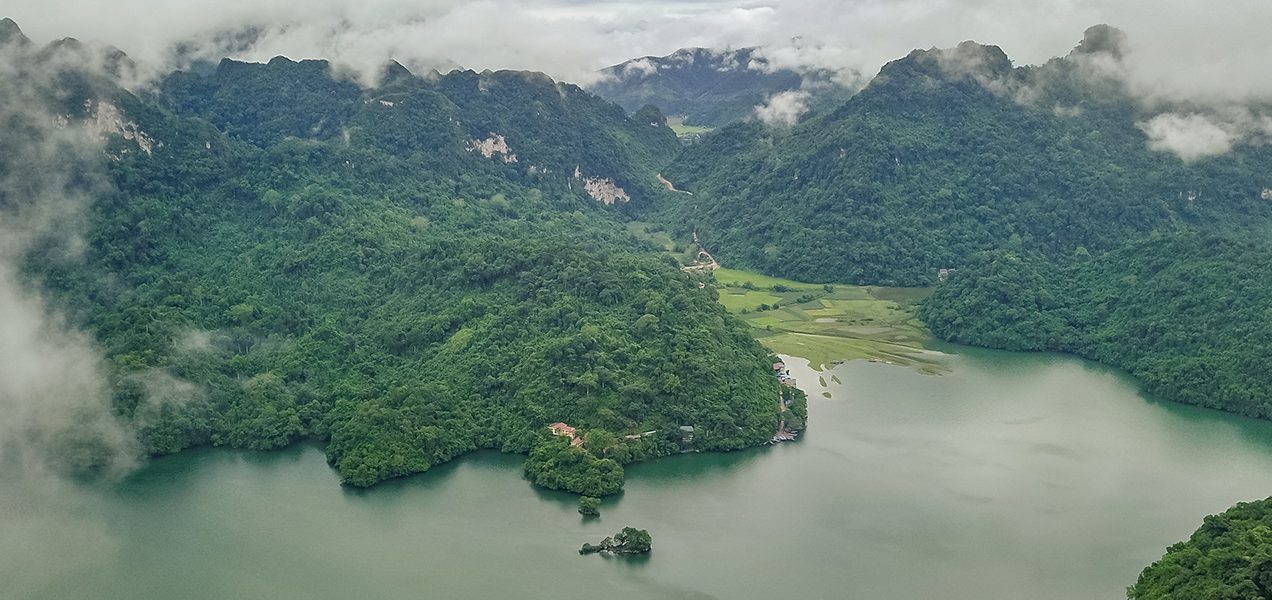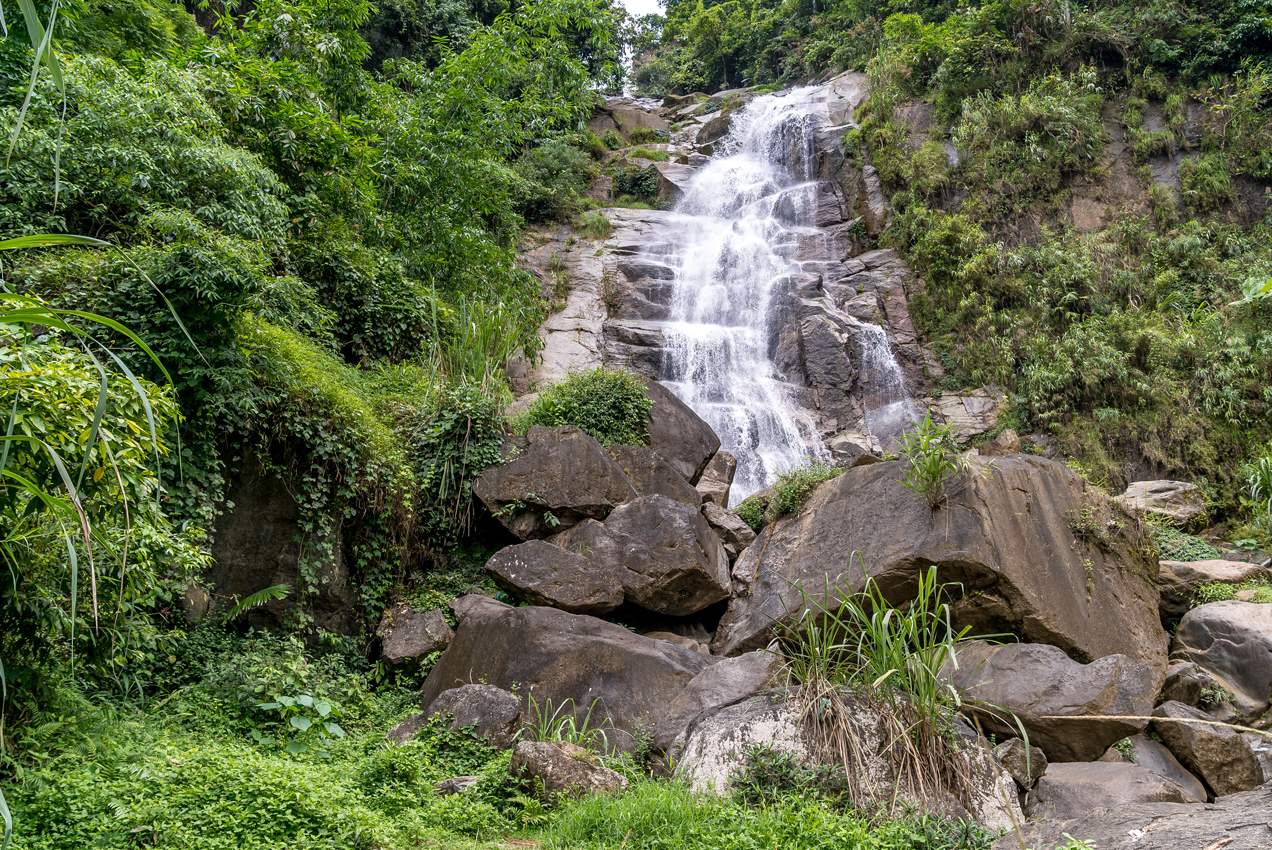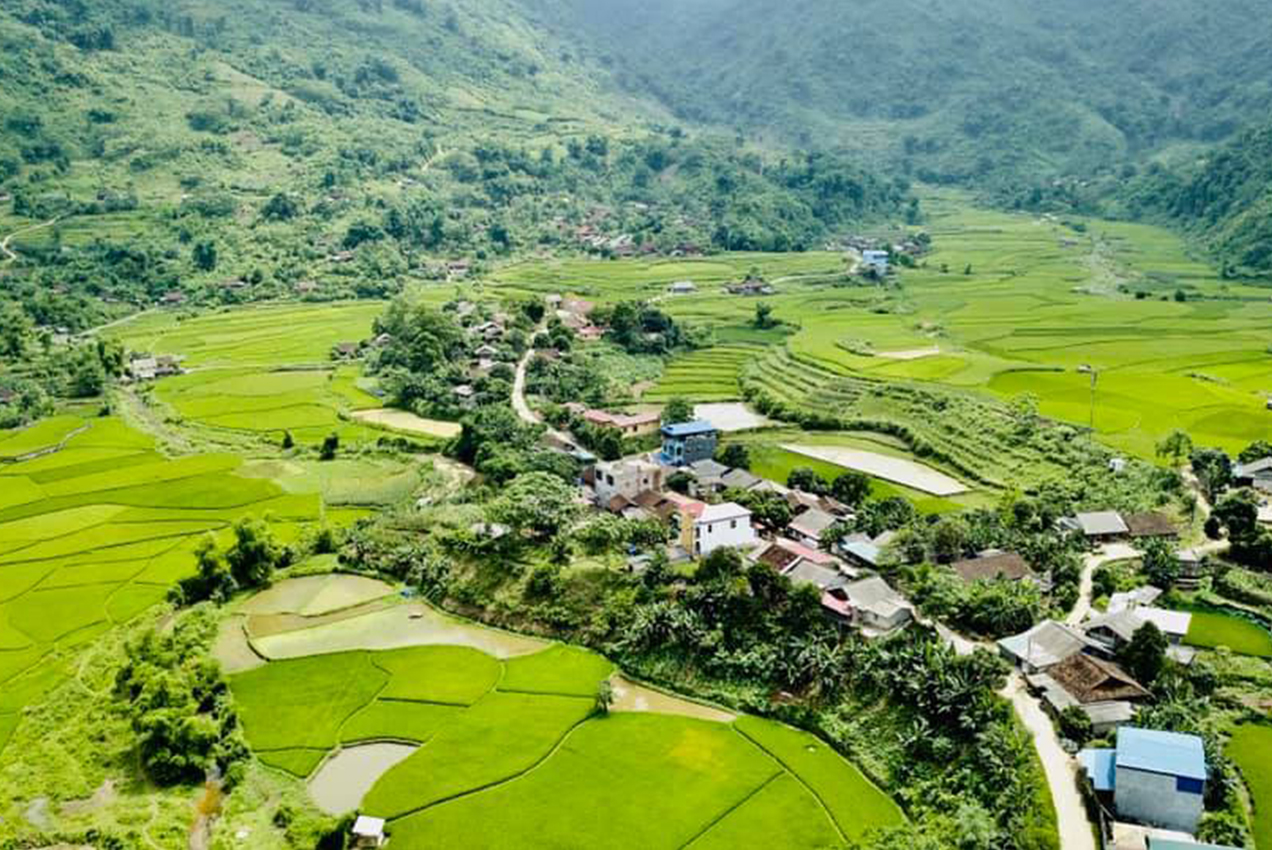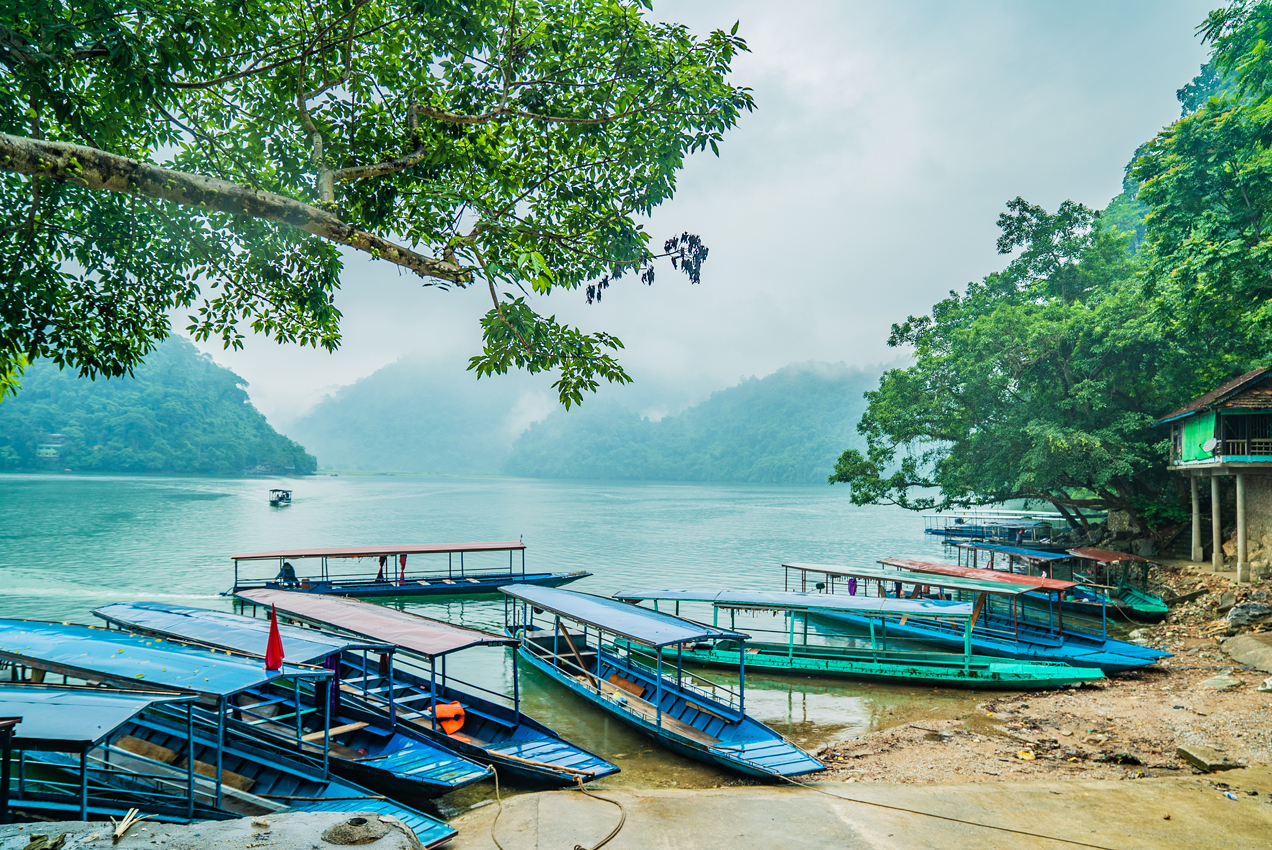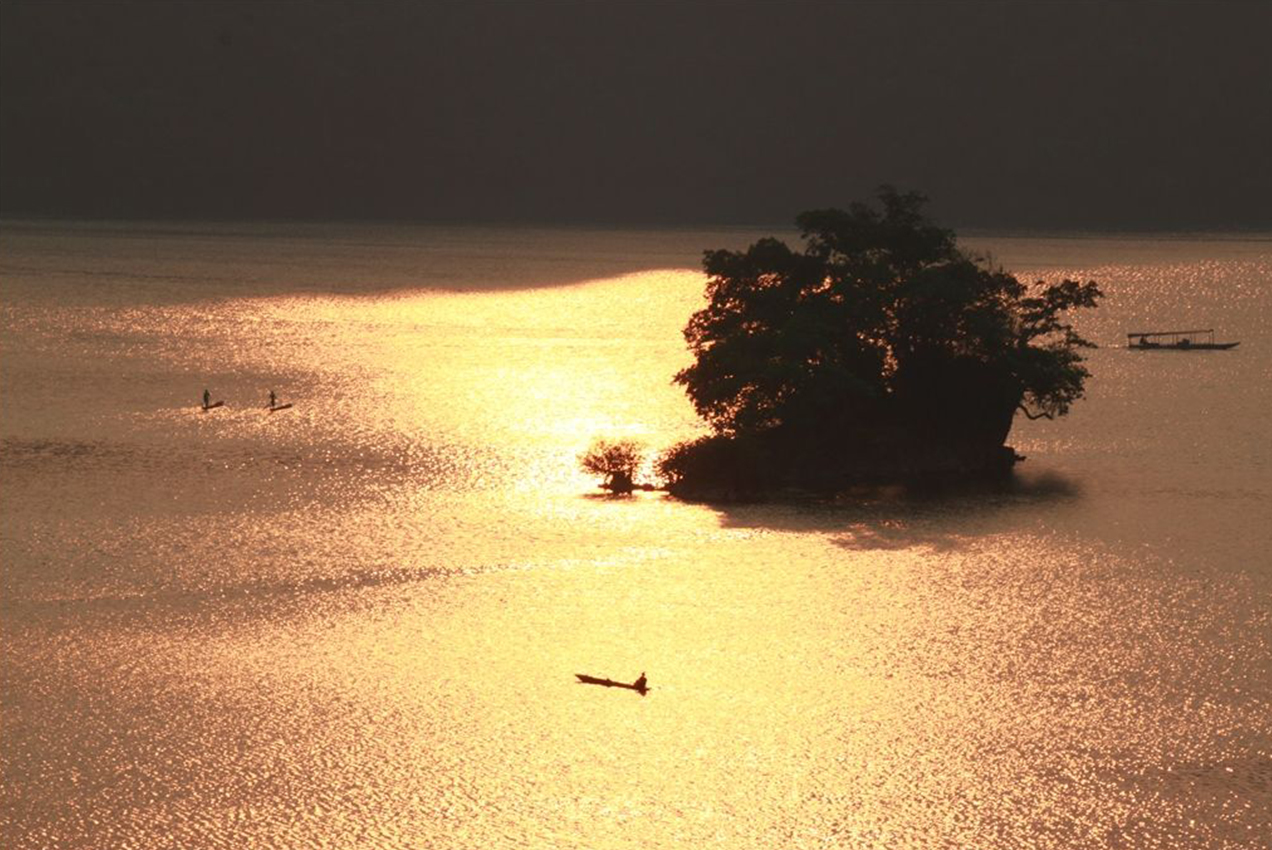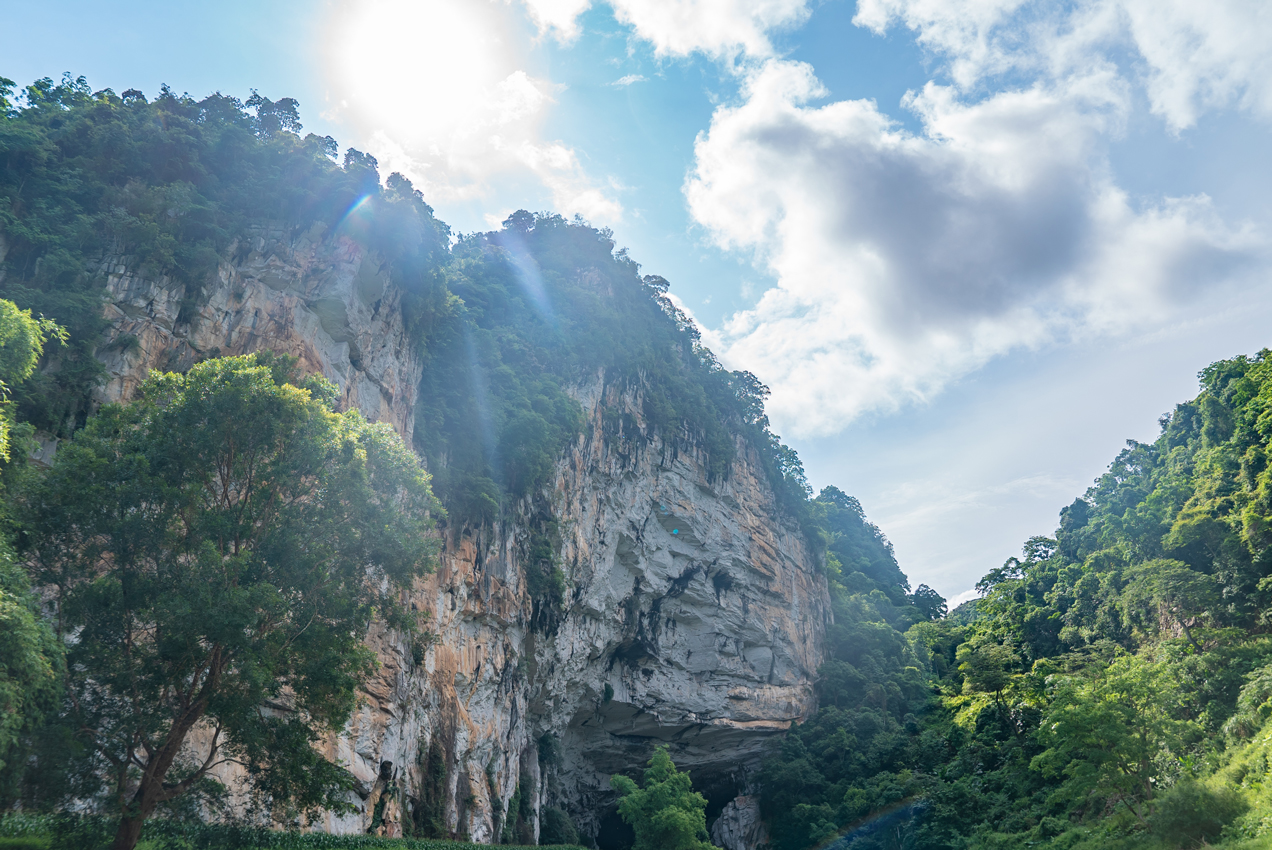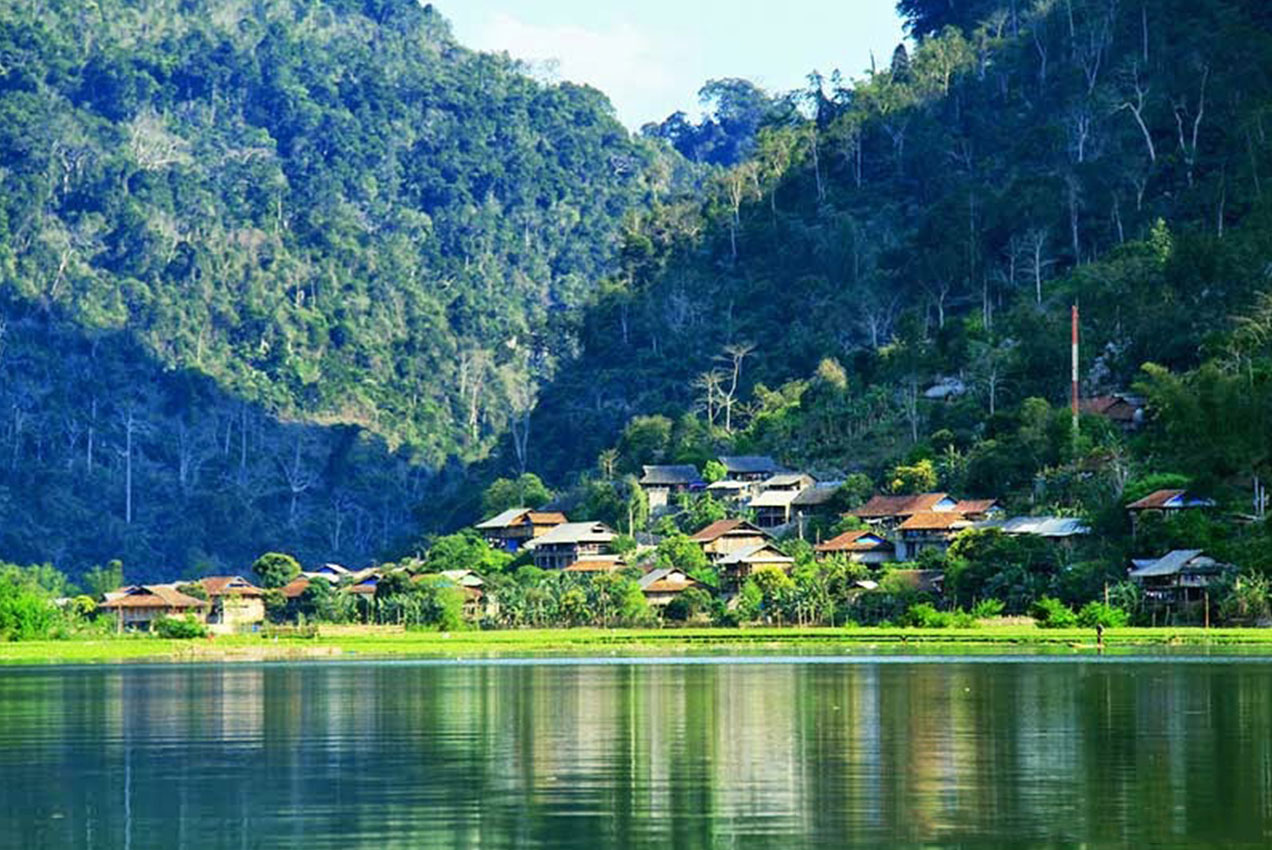Ba Be National Park is an ecotourism area with more than 20 attractive sights such as: Puong cavern, Dau Dang waterfall, Fairy pond, Ba Be Lake, An Ma island and temple, Widow island, Tham Khit cave, Na Phoong cavern; walking tours in the primary forest; cultural tourism villages such as: Pac Ngoi, Bo Lu, Coc Toc, Hin Dam, Khau Qua, Nam Dai, Cam Thuong, Cam Ha, etc.
Hotline : (0209) 387 6699 | 0889.173.555| 0961.917.666
Email : booking@saigonbaberesort.com



